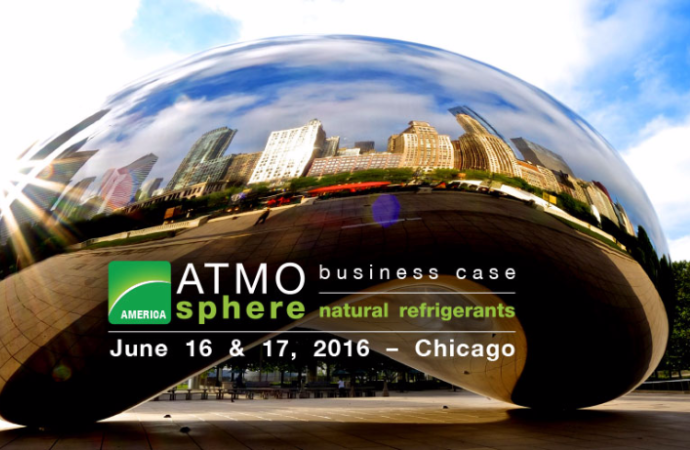It is clear from research, and from known examples, that absorption chilling offers an improved degree of energy and environmental sustainability in some, if not many applications.
Absorption and adsorption technologies are advanced, proven and adaptable technologies. However, the flexibility and effciency of vapour compression chilling and the relatively small allied cost continues to provide effective competition – even when there are obvious carbon benefits. Despite this, the int
It is clear from research, and from known examples, that absorption chilling offers an improved degree of energy and environmental sustainability in some, if not many applications.
Absorption and adsorption technologies are advanced, proven and adaptable technologies. However, the flexibility and effciency of vapour compression chilling and the relatively small allied cost continues to provide effective competition – even when there are obvious carbon benefits. Despite this, the integration of absorption chiller and heat pump technology with waste heat recovery, CHP and biomass can, and is beginning to offer significantly improved energy efficiency, reduced carbon footprint and life cycle cost saving.
The UK has become a net energy importer and there is increasing risk for the UK security of energy supply, balance of payments and economic well being. The national balance of payments deficit has grown steadily over the last 10 years. Reducing supplies of oil and the import of gas from, and/or through, politically unstable or unfriendly countries poses a big risk for the UK. The role of biomass cannot be certain – for biomass just simply cannot replace the amount of fossil fuels that that the UK consumes. The challenge is to persuade insustry in the UK and particularly in Northern Ireland to plan for their energy futures or indeed simply plan to survive.
The mass production of vapour compression refrigeration (VCR) has resulted in the relatively low capital costs. This relatively low cost, coupled with the versatility and flexibility of the VCR, has ensured that VCR was the preferred solution in the UK where electrical costs have traditionally been low. Until such mass production prevails in the absorption markets, the “trade-off” will be that of capital cost against operational cost saving.
There are three basic types of absorption refrigeration cycle;
• The adsorption cycle
• The lithium bromide cycle (LiBr)
• The Ammonia absorption or Ammonia Aqua refrigeration Cycle
(AAR)
Absorption and adsorption technologies are advanced, proven and adaptable technologies. However, the flexibility and effciency of vapour compression chilling and the relatively small allied cost continues to provide effective competition – even when there are obvious carbon benefits. Despite this, the integration of absorption chiller and heat pump technology with waste heat recovery, CHP and biomass can, and is beginning to offer significantly improved energy efficiency, reduced carbon footprint and life cycle cost saving.
The UK has become a net energy importer and there is increasing risk for the UK security of energy supply, balance of payments and economic well being. The national balance of payments deficit has grown steadily over the last 10 years. Reducing supplies of oil and the import of gas from, and/or through, politically unstable or unfriendly countries poses a big risk for the UK. The role of biomass cannot be certain – for biomass just simply cannot replace the amount of fossil fuels that that the UK consumes. The challenge is to persuade insustry in the UK and particularly in Northern Ireland to plan for their energy futures or indeed simply plan to survive.
The mass production of vapour compression refrigeration (VCR) has resulted in the relatively low capital costs. This relatively low cost, coupled with the versatility and flexibility of the VCR, has ensured that VCR was the preferred solution in the UK where electrical costs have traditionally been low. Until such mass production prevails in the absorption markets, the “trade-off” will be that of capital cost against operational cost saving.
There are three basic types of absorption refrigeration cycle;
• The adsorption cycle
• The lithium bromide cycle (LiBr)
• The Ammonia absorption or Ammonia Aqua refrigeration Cycle
(AAR)
MORE INFORMATION
Related Knowlegde
By Colmac Coil manufacturing Inc. , published Mar 17, 2016 - 23 pages


